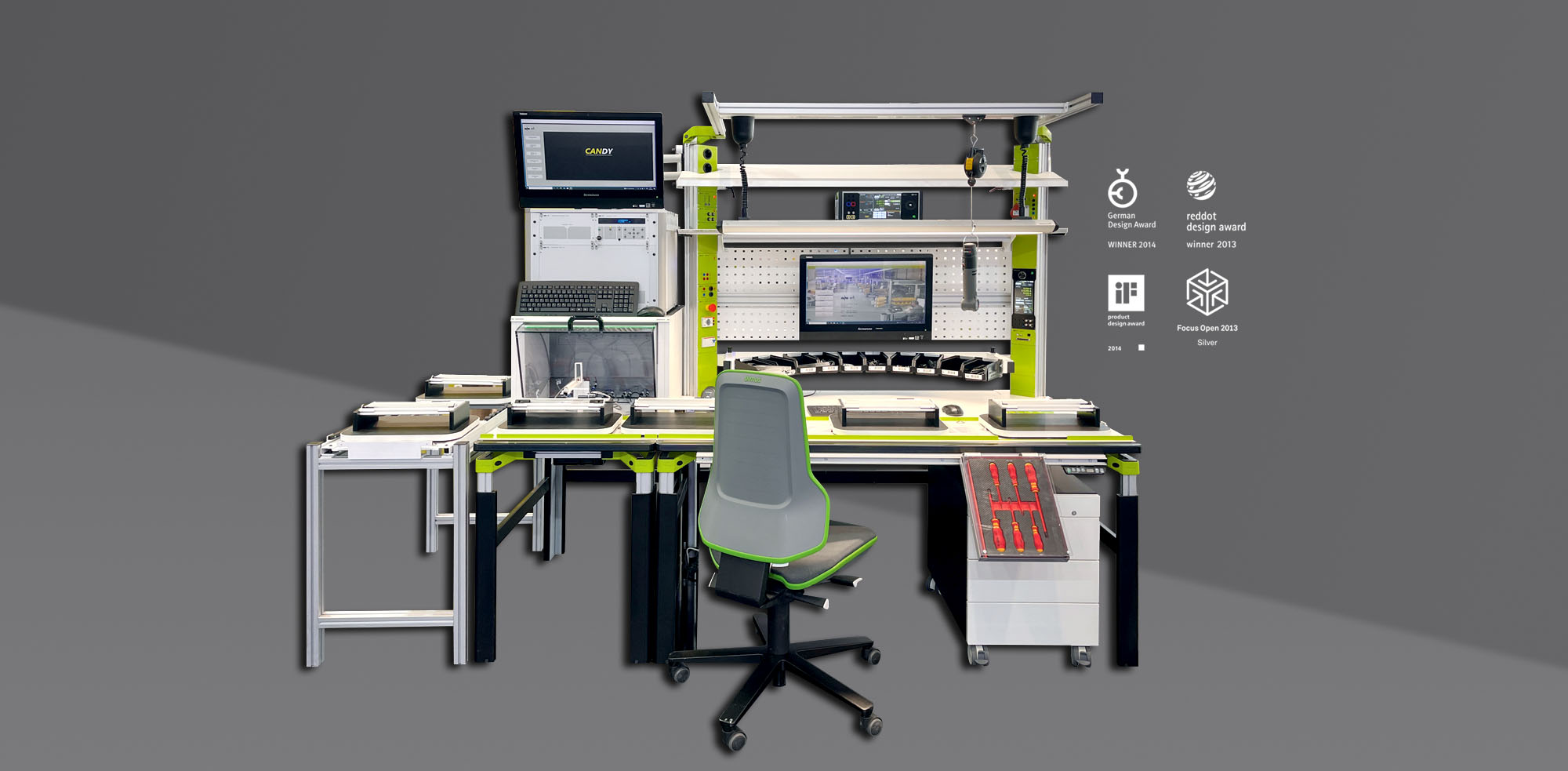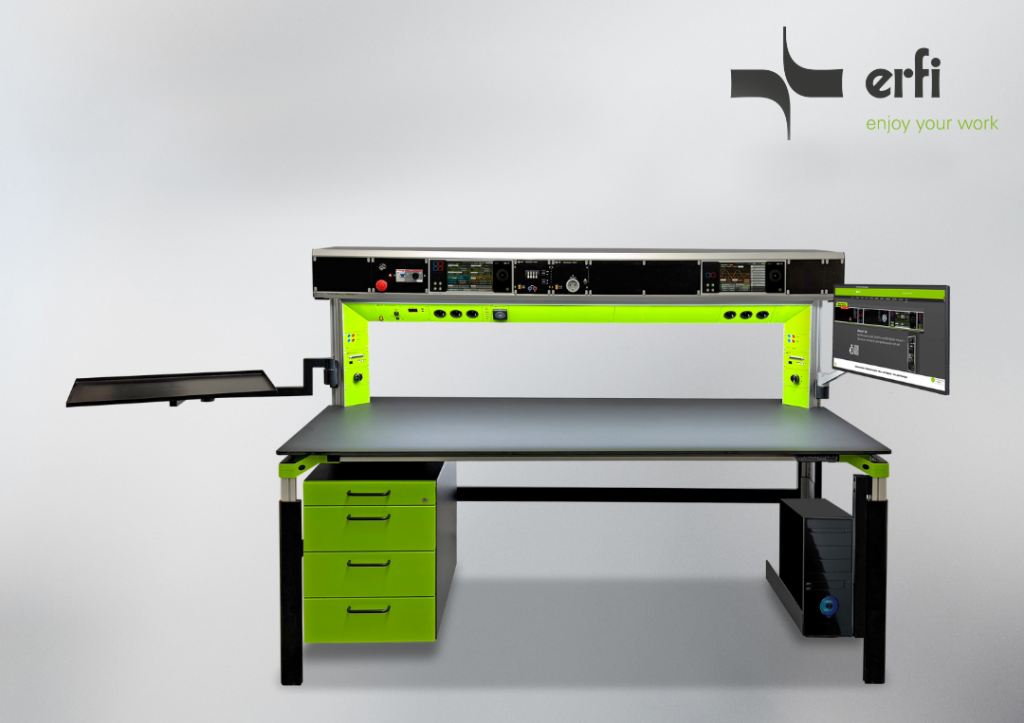It is therefore crucial to set up an ESD workstation that offers both protection for the components and ergonomic benefits for the employees. A well thought-out design of these workstations can not only ensure product quality, but also support the health and efficiency of employees.
ESD basics
Electrostatic discharges occur when electrical charges between two differently charged objects equalize. Voltages of just a few volts are enough to cause lasting damage to sensitive electronic components such as memory chips or magnetic data carriers.
Humans only feel ESD from around 3,500 volts, but electronic components are far more sensitive. Damage caused by ESD is often not immediately visible and can occur along the entire production and supply chain. This makes the comprehensive implementation of ESD protection measures essential in order to avoid quality losses and complaints.
Establishing an ESD protection zone (EPA)
An Electrostatic Protected Area (EPA) is a specially demarcated area in which electrostatically sensitive components are handled safely. Within an EPA, all materials, from employees' clothing to work surfaces, are earthed at the same potential to prevent electrostatic charges.
The scope of an EPA can range from a single workstation to an entire building. Setting up an EPA requires clear markings and signage to ensure that everyone involved is aware of and complies with the protective measures. Strict regulations apply in an EPA regarding the materials used and the handling of electronic components.
Important aspects of an EPA:
Earthed materials prevent electrostatic charges.
Clear markings and signage increase safety.
Strict regulations for handling components.


